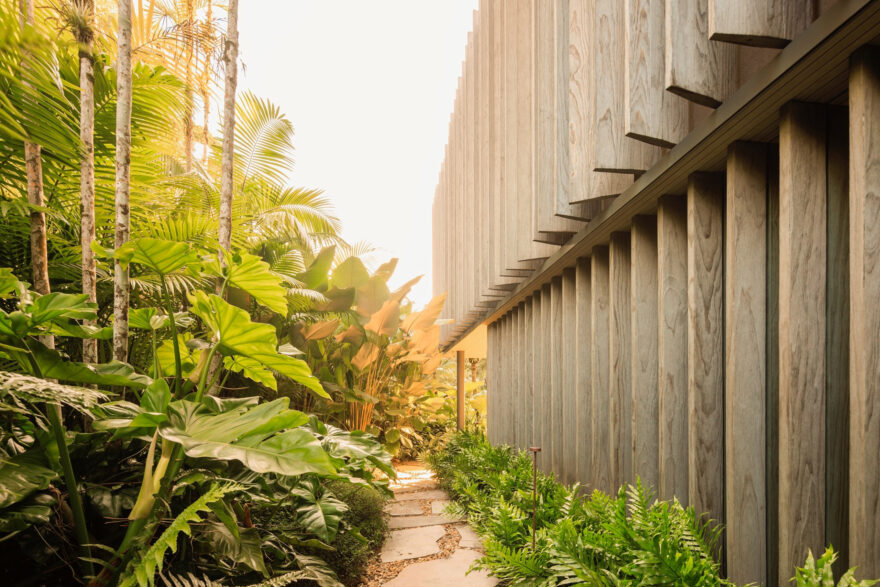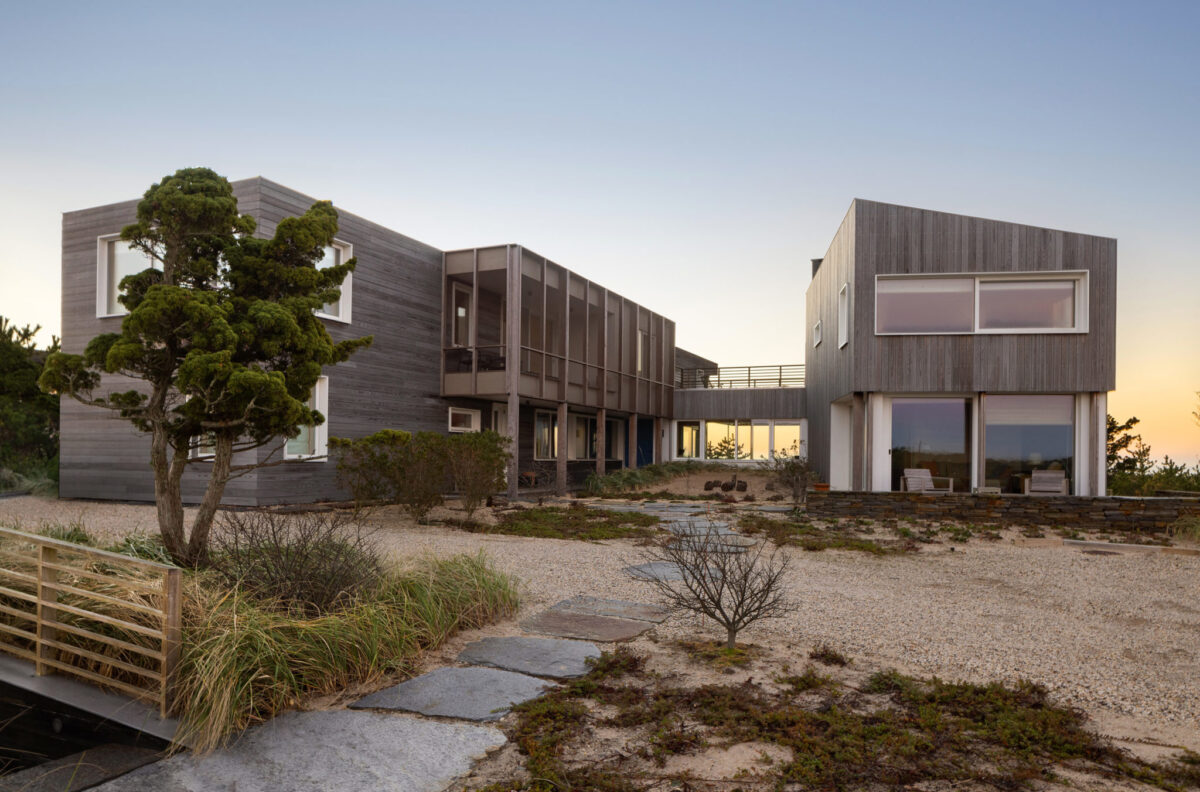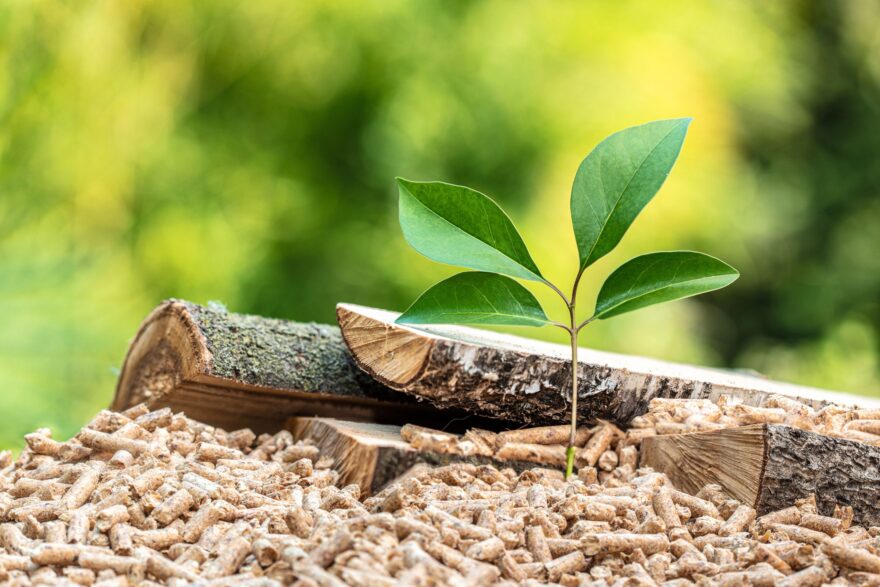Architectural design is constantly evolving, striving to integrate and find balance between aesthetic and functional elements. One of the key components gaining traction in modern facade design is the use of slats. Slats, typically used as walls, are wood panels installed parallel to each other and spaced to allow light and air to pass through. However, when combined with other adjacent materials, slats can also function as decorative enclosures.
Slats, or louvers, have become integral in contemporary architecture, offering a blend of visual appeal, energy efficiency, and environmental harmony. This article touches on the multifaceted role of slats in architectural facades, highlighting their benefits, applications, and the innovative ways architects utilize them.
Aesthetically Appealing and Visually Dynamic
Slats offer an unparalleled aesthetic versatility that can transform the appearance of a building. They can be designed to fit various architectural styles—from minimalist modern to rustic traditional. The arrangement of slats can create dynamic patterns and shadows, adding depth and texture to a building’s exterior. Whether installed horizontally, vertically, or diagonally, slats can make a facade visually striking, breaking the monotony of plain surfaces.
Plus, slats can be customized to achieve different levels of transparency and opacity. This adaptability allows architects to play with light and shadow, creating a facade that changes appearance throughout the day. The interplay of sunlight with the slats can produce a living, breathing building exterior that interacts with its environment in a visually captivating manner.


Environmental and Energy Efficiency
In addition to their aesthetic benefits, slats contribute significantly to a building’s environmental performance. They act as sunshades, controlling the amount of sunlight that enters a building. By reducing direct solar gain, slats help in minimizing the need for artificial cooling, thus lowering energy consumption. This passive cooling strategy is particularly beneficial in hot climates, where managing heat intake is crucial for maintaining comfortable indoor temperatures.
Slats can also be designed to facilitate natural ventilation. By allowing air to flow through the facade, they help in maintaining indoor air quality and reduces reliance on mechanical ventilation systems. This not only enhances the building’s energy efficiency but also promotes a healthier living environment for occupants.
Privacy
Privacy is a critical consideration in architectural design, especially in urban settings where buildings are often closely spaced. Slats offer a practical solution for maintaining privacy without sacrificing light or ventilation. By strategically spacing and angling the slats, architects can prevent direct lines of sight into the building while still allowing natural light to permeate the interior.
The use of slats in architectural facade design epitomizes the blend of form and function that defines modern architecture. Their ability to enhance aesthetics, improve energy efficiency, provide privacy, and adapt to innovative applications makes them a valuable tool for architects. As architectural design continues to evolve, the role of slats in creating sustainable, functional, and visually engaging buildings is likely to expand, driving forward the future of urban landscapes. By embracing the potential of slats, architects can design buildings that are not only beautiful but also environmentally responsible and adaptable to the needs of their occupants.
Wood Slats from reSAWN TIMBER co.
reSAWN TIMBER co. stands at the forefront of providing high-quality, wood slats that epitomize both beauty and durability. Our extensive range of products, from natural to modified woods, are crafted from sustainably sourced woods. Using modified wood products like Sylva, Abodo, Accoya, and Kebony for slats has revolutionized architectural design, offering enhanced durability and performance while maintaining the natural beauty of wood.
Each slat from reSAWN is meticulously designed to meet the highest standards of performance and aesthetics, ensuring that architects and builders can create facades that are visually stunning and built to last. With options in various wood species, finishes, textures, and configurations, reSAWN’s slats offer unparalleled versatility, allowing for creative and functional facade solutions that meet the demands of modern architecture. By choosing reSAWN TIMBER co. you are investing in products that enhance your building’s design while promoting sustainable building practices.






















